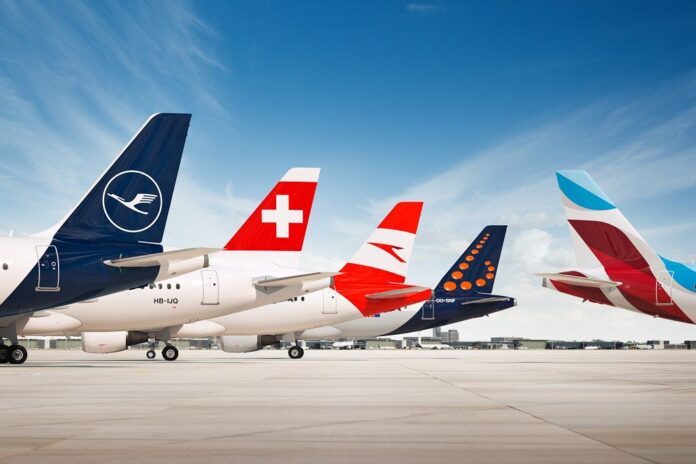If you thought the Berlin Brandenburg Airport opening would bring an end to a nine-year-long unlucky streak, you’d be mistaken. The current situation is forcing the airport to close its brand new southern runway, along with the Soviet era Terminal 5, previously known as Schönefeld Airport.
Berlin Brandenburg Airport is already closing its new runway. Photo: Anikka Bauer / Flughafen Berlin Brandenburg GmbH
The COVID-19 pandemic is continuing to wreak havoc on the aviation industry. A lack of passengers has meant that airlines have canceled many flights. This, in turn, means that they have delayed aircraft deliveries and put off new orders. However, it has also had a severe impact on airports. A lack of flights means a lack of income and has seen the world’s busiest airports closing entire terminals.
Southern runway closure
Berlin Brandenburg Airport opened its southern runway to quite a fanfare on November 4th. Press and guests gathered to welcome a Qatar Airways flight as the runway’s first official user. The airline even scheduled an Airbus A350 for the occasion. A planned landing by Lufthansa earlier in the week was called off due to bad weather.
That same day an easyJet Airbus A320 had the runway’s first incident, returning after takeoff due to a bird strike. However, the runway will now close as soon as possible as a cash-saving measure for the new airport. The airport doesn’t have enough traffic to justify paying for two runways right now.
Terminal 5 also closing
Last week Simple Flying reported that the airport’s operators were exploring the possibility of closing the airport’s low-cost terminal from March. The airport has now confirmed that it will be closing the Soviet era terminal for an initial period of one year from Spring 2021. This means that the airport’s low-cost carriers, such as Wizz and Ryanair, will need to begin using the new terminal if they wish to stay serving Berlin.
“2021 will be one of the most difficult years in the history of FBB. No airport in Germany will be able to cover its operating costs with the forecast passenger numbers. FBB hits the second corona wave in a situation in which we could have made our way out of the red.”
Second COVID-19 wave
Europe is currently dealing with its second COVID-19 wave, which has spread even more than the first wave. As such, Germany is in its second lockdown. As a result of the pandemic, the airport’s owners believe that BER will only achieve 30% of its targetted passengers in 2021.
The industry within Europe had shown signs of a better than expected recovery in late summer 2020. However, the second wave has all but killed this. To enable the aviation sector to recover properly, countries will need to look at ways to avoid quarantine.

























